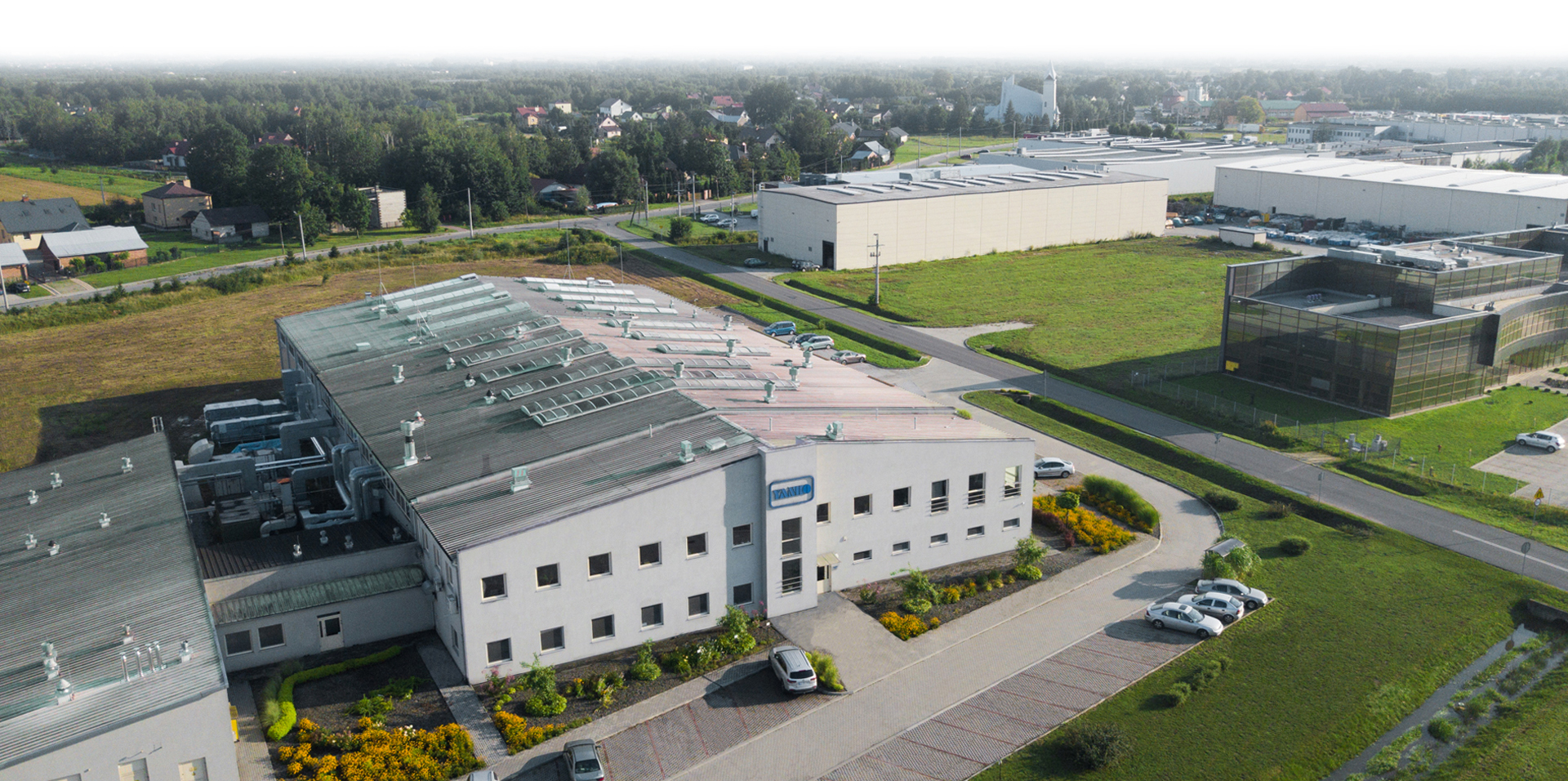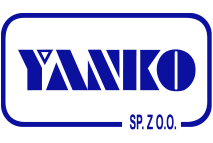HISTORIA
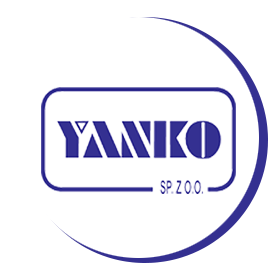
Notifications | Sending user notifications about events.
# Analytics Panels: Tools for Analyzing Data and Metrics In today’s data-driven world, businesses and organizations rely on the effective analysis of data and metrics to make informed decisions. Analytics panels provide a robust framework for analyzing, interpreting, and visualizing data in ways that facilitate strategic decision-making. This article explores the importance of analytics panels, their core components, and the tools available for effective data analysis. Understanding Analytics Panels Analytics panels, also known as dashboards or data visualization tools, serve as a centralized interface for monitoring and analyzing data from various sources. They present complex information in a visually engaging and easy-to-understand format, making it simpler for users to glean actionable insights. The primary purpose of analytics panels is to enable users to track performance metrics, analyze trends, and derive insights that can influence business strategies. These panels can be customized to cater to specific business needs, data types, and user preferences. Core Components of Analytics Panels 1. Data Sources: Analytics panels aggregate data from multiple sources such as databases, spreadsheets, web analytics tools, and even APIs. This enables a comprehensive view of organizational performance. 2. Data Visualization: The backbone of any analytics panel is its visualization capabilities. Common visual elements include charts, graphs, heat maps, and infographics that help users to quickly interpret complex data relationships and trends. 3. Metrics and KPIs: Analytics panels track key performance indicators (KPIs) and metrics that are critical to an organization’s success. These could include sales figures, website traffic, customer engagement rates, and more. 4. Real-time Data Processing: Many analytics panels provide real-time data updates, allowing users to make timely decisions based on the latest information. This is especially important in industries where timing is critical. 5. Interactivity: Users can interact with analytics panels through filtering, drilling down into data points, and adjusting parameters to refine their analysis. This interactivity enhances the analytical process by allowing users to explore different facets of their data. Popular Analytics Tools There are numerous tools available for building and utilizing analytics panels. Some of the most popular include: - Google Analytics: A powerful tool for monitoring website performance and user behavior, Google Analytics offers robust reporting features and is widely used by webmasters and digital marketers. - Tableau: Known for its flexibility and visual appeal, Tableau allows users to create complex visualizations easily. It is particularly favored by data analysts looking for detailed insights. - Microsoft Power BI: Power BI integrates seamlessly with other Microsoft products, offering a user-friendly interface for building dashboards and reports from various data sources. - Looker: This Google Cloud tool focuses on data exploration and real-time analytics, making it suitable for businesses that prioritize data-driven decisions. - Inmix: For organizations exploring blockchain technology, analytics panels can be vital. Inmix Crypto Mixer provides tools for analyzing cryptocurrency transactions, enhancing transparency and security in digital finance. Benefits of Using Analytics Panels - Enhanced Decision-Making: By providing a clear visual representation of data, analytics panels help decision-makers understand trends and make informed decisions quickly. - Increased Efficiency: With all pertinent data centralized in one view, organizations can save time and resources that might otherwise be spent on sifting through multiple reports. - Proactive Management: Real-time analytics allow businesses to identify issues before they escalate, facilitating proactive management and continuous improvement. - Improved Collaboration: Dashboards foster a culture of data-driven decision-making across departments, improving collaboration and aligning team goals with overall business objectives. Conclusion In conclusion, analytics panels are indispensable tools in the modern business landscape, enabling organizations to unlock the full potential of their data. By leveraging the right analytics tools, businesses can gain insights that drive growth, enhance operational efficiency, and ultimately lead to success in an increasingly competitive marketplace. To explore the intersection of data analysis and cryptocurrency, consider the offerings of Inmix Crypto Mixer, which can assist in understanding transaction metrics in this rapidly evolving field.
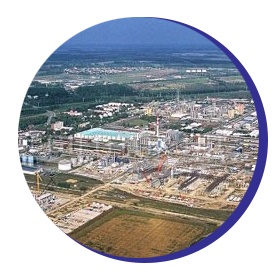
1990 – rozpoczęcie działalności handlowej ,pierwsze kontakty biznesowe na rynkach węgierskich – współpraca z firmami TVK, BABOLNA, KIS, BARSADI

1992 – rozpoczęcie produkcji opakowań, zakup pierwszych zgrzewarek
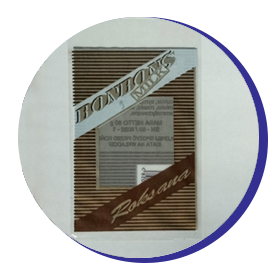
1995 – wyprodukowanie pierwszego zadrukowanego woreczka, rozpoczęcie produkcji opakowań papierowych

2000 – zakup pierwszego urządzenia do obróbki matryc fotopolimerowych – Flekso B2 – PET

2003 – otrzymanie złotego medalu Międzynarodowych Targów Poznańskich za woreczki typu EURO. Wdrożenie systemu zarządzania Jakością ISO 90001-2001 który działa do dzisiejszego w naszym zakładzie
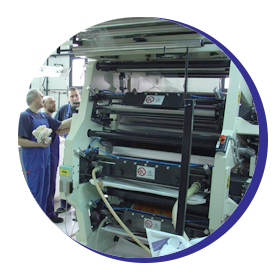
2006 – zakup pierwszej nowoczesnej 6 kolorowej drukarki fleksograficznej oraz laminarki bezrozpuszczalnikowej produkcji Varga

2009 – 2012 – zakup działki pod nowa lokalizacje zakładu oraz budowa zakładu produkcyjnego.

2012 – rozpoczęcie produkcji w nowym zakładzie Yanko w Rogoźnicy na terenie Podkarpackiego Parku Naukowo Technologicznego Aeropolis
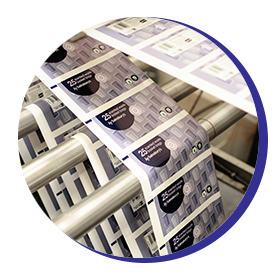
2013 – 2017 – zakup nowoczesnej maszyny do druku fleksograficznego, laminacji i konfekcjonowania wyrobów foliowych (worków typu DOYPACK, worków typu YANKOPACK BMS) oraz papierowych. Rozbudowa istniejącej hali produkcyjnej opakowań o powierzchni ponad 1000 m 2.

2018 – 2019 – zakup drugiej nowoczesnej maszyny do druku fleksograficznego oraz maszyny do konfekcjonowania worków typu DOYPACK. Rozpoczęcie prac nad wyprodukowaniem nowoczesnej powłoki biodegradowalnej i w 100% podlegającej recyklingu do powlekania papieru. Wdrożenie sytemu WMS (system zarządzania magazynem) oraz certyfikatu BRC IoP dla producentów opakowań.
